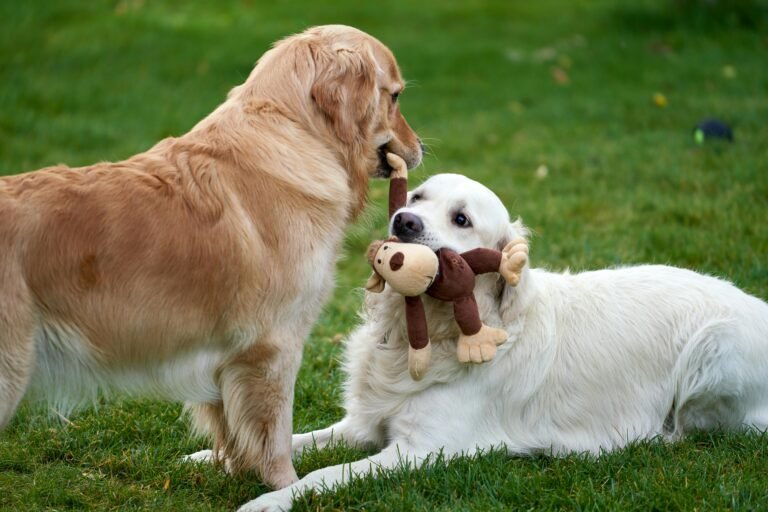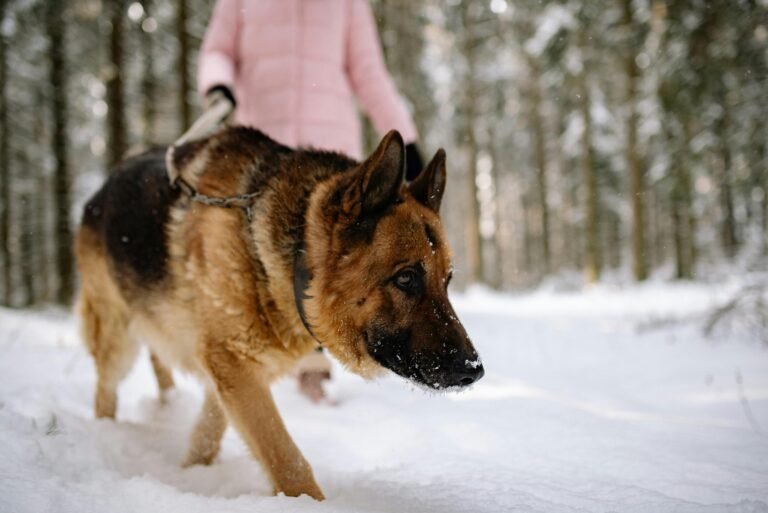Introduction
We’ve all heard someone say it — “If my dog doesn’t like you, I don’t trust you either.” Many dog owners swear their pets have a sixth sense for detecting “bad vibes.” Maybe your normally friendly pup growled at a new acquaintance, or refused to approach someone you were unsure about. It raises an intriguing question: can dogs actually sense bad people, or are they simply reading subtle cues that we miss? The truth lies somewhere between science and instinct — and it reveals just how emotionally intelligent dogs really are.
The Myth of the “Sixth Sense”
It’s tempting to think dogs have supernatural intuition — an ability to sniff out good and evil. While they don’t sense morality in the human sense, dogs do have an extraordinary ability to read body language, tone, and scent. What seems like a mysterious instinct is really an advanced version of social perception — fine-tuned over thousands of years of partnership with humans.
Dogs are observers. They notice micro-expressions, subtle shifts in tension, and even changes in heart rate or sweat chemistry that humans can’t consciously detect. When a dog “doesn’t like” someone, it’s usually because they’ve picked up on physical or emotional cues that signal discomfort, stress, or danger.
How Dogs Read Human Emotions
Dogs are emotional mirrors. Through evolution, they’ve learned to interpret human body language and facial expressions better than almost any other species. Studies have shown that dogs can distinguish between happy, angry, and neutral human faces — and they adjust their behavior accordingly.
When they meet someone, they’re instantly scanning for signals: relaxed posture, steady breathing, eye softness, vocal tone. People who move quickly, make sharp gestures, or hold eye contact too long may come across as threatening. Those cues might trigger a defensive reaction — not because the person is “bad,” but because the dog senses unpredictability or tension.
Smelling Stress: The Chemical Side of Canine Intuition
Dogs don’t just read body language — they smell emotion. When humans experience fear, anxiety, or anger, our bodies release subtle chemical changes through sweat and pheromones. Dogs’ noses can detect those shifts instantly, even from a distance.
In one study, dogs were exposed to sweat samples from people who had watched either a scary or happy movie. Dogs who smelled “fear sweat” became noticeably more stressed and sought comfort from their owners, while those exposed to “happy sweat” were playful and relaxed. In other words, dogs don’t judge intent — they smell emotional states.
So when your dog reacts warily to someone, they may be detecting fear, aggression, or hidden anxiety — emotions that often accompany people with unstable or hostile energy.
Behavioral Cues That Dogs Pick Up On
Dogs are experts at reading movement and rhythm. Even tiny cues that go unnoticed by humans can speak volumes to them. Here are a few examples of what might trigger a “bad vibe” response:
- Inconsistent energy: People who act nervous or unpredictable confuse dogs, who value steady, calm behavior.
- Avoidance or stiffness: Someone who avoids eye contact, freezes, or leans away may appear threatening or fearful.
- Forced friendliness: Dogs can sense when gestures are exaggerated — they read it as unnatural or fake.
- Tone of voice: High-pitched or harsh tones can indicate tension or aggression, even when words are friendly.
- Eye contact: Too much or too little eye contact can feel invasive or suspicious to a dog.
To dogs, honesty and confidence are expressed through calm, balanced energy. When someone’s internal state doesn’t match their outward expression, dogs sense the disconnect — and that’s when their instincts kick in.
Dogs and the “Good vs. Bad” Judgment
Dogs don’t have moral judgment — they don’t understand concepts like good, bad, right, or wrong. But they do evaluate people based on experience, tone, and trust. If someone’s behavior is consistently harsh, aggressive, or unpredictable, your dog will likely remember and avoid them.
Interestingly, studies have found that dogs can observe fairness. In one experiment, dogs watched as two humans gave treats to another dog — one person shared equally, while the other withheld rewards unfairly. Later, the dogs preferred to approach the fair individual. This suggests dogs have a rudimentary sense of social justice — they value kindness and reciprocity, not morality, but empathy.
Real-Life Scenarios: When Dogs “Just Know”
Many owners share stories of dogs growling at an untrustworthy person or refusing to enter certain environments. While anecdotes can’t prove psychic ability, they highlight dogs’ exceptional pattern recognition. They connect emotional memory with environmental cues — for example:
- A dog growls at someone who reminds them (through scent or body language) of a past abuser.
- A rescue dog avoids certain types of clothing or voices due to traumatic associations.
- A confident dog stiffens around a stranger whose energy is aggressive or unstable.
To us, it feels like intuition. To them, it’s learned survival intelligence — a skill that’s kept dogs (and their humans) safe for millennia.
Can Dogs Detect Dangerous Intent?
While dogs can’t sense morality, they’re remarkably good at recognizing intent. Research shows that dogs differentiate between accidental and deliberate actions. For example, if someone “accidentally” drops food versus withholding it intentionally, dogs respond differently — they understand motivation, not just movement.
This awareness may explain why some dogs react strongly to people with aggressive or deceitful intentions. Their brains process emotional cues faster than we can — noticing tension in muscles, heart rate, and micro-expressions long before danger becomes obvious to humans.
When to Trust Your Dog’s Instincts
If your normally friendly dog reacts negatively to someone — growling, retreating, or stiffening — don’t dismiss it. While dogs can occasionally misread nervous energy, consistent reactions to a specific person often mean your dog is sensing something legitimate.
- Pay attention to patterns — does your dog only react to one individual or multiple similar situations?
- Observe body language — hackles, tail position, and vocalizations tell you whether it’s fear or alertness.
- Don’t force interactions — if your dog’s instincts say “no,” respect it and create distance.
Dogs rely on body cues far more than we do — if they’re uneasy, there’s usually a reason. Their intuition may not be magical, but it’s incredibly practical.
Can Dogs Be “Wrong” About People?
Yes — sometimes. Dogs base their reactions on energy, not ethics. A person who’s anxious or introverted might unintentionally trigger defensive signals. Similarly, past trauma can cause dogs to generalize fear — for instance, a rescue dog mistreated by men may react fearfully to all men, even gentle ones.
That’s why it’s important to combine instinct with context. Trust your dog’s reaction, but observe patterns before drawing conclusions about someone’s character.
Helping Your Dog Build Positive Associations
If your dog reacts negatively to new people, use gradual desensitization to teach them that strangers aren’t threats. Here’s how:
- Start at a distance: Let your dog observe calmly before any direct approach.
- Pair new faces with rewards: Treats, play, or praise help reframe experiences.
- Stay relaxed: Dogs mirror your emotions. If you tense up, they’ll interpret it as danger.
- Respect comfort zones: Forcing contact can reinforce fear instead of reducing it.
With patience, dogs learn to distinguish genuine threat from mere unfamiliarity — developing balanced, confident reactions.
Conclusion
So, can dogs sense bad people? Not in a mystical sense — but in a remarkably perceptive one. Dogs don’t judge morality; they read energy, emotion, and intent. Their instincts evolved to detect danger long before we can see it, which is why their reactions deserve our attention.
Your dog’s intuition is a blend of empathy, sensory awareness, and loyalty — a survival gift honed over thousands of years at our side. When your dog hesitates around someone, listen. They may not be telling you who’s “bad,” but they’re reminding you of something equally valuable: to trust your instincts, too.



